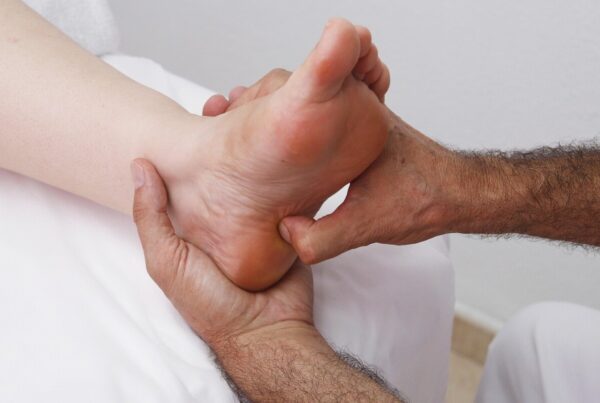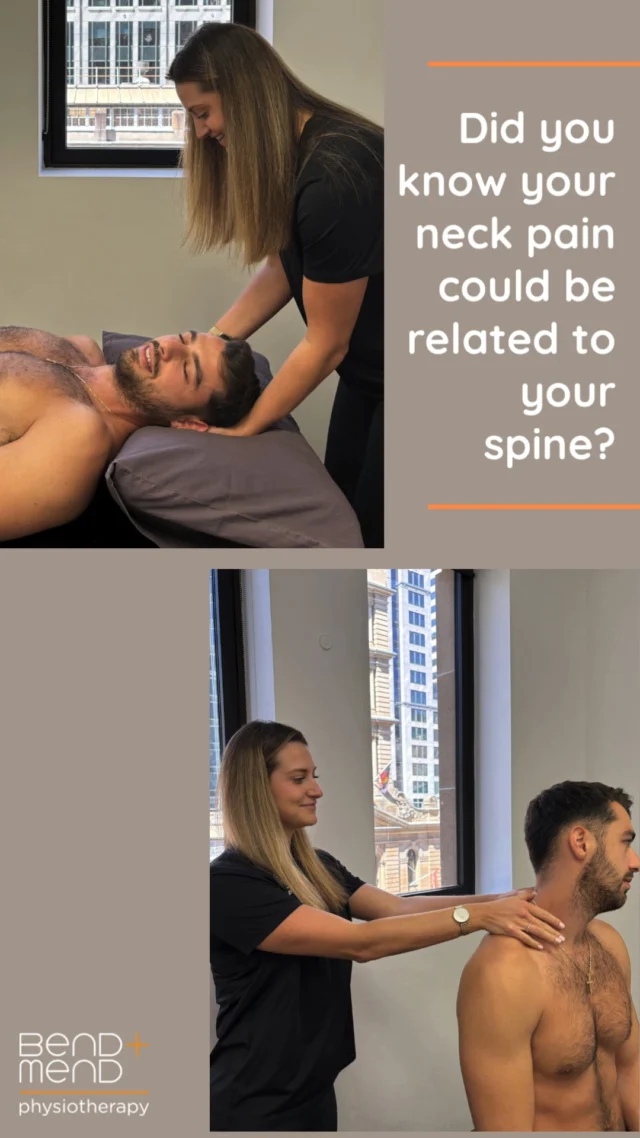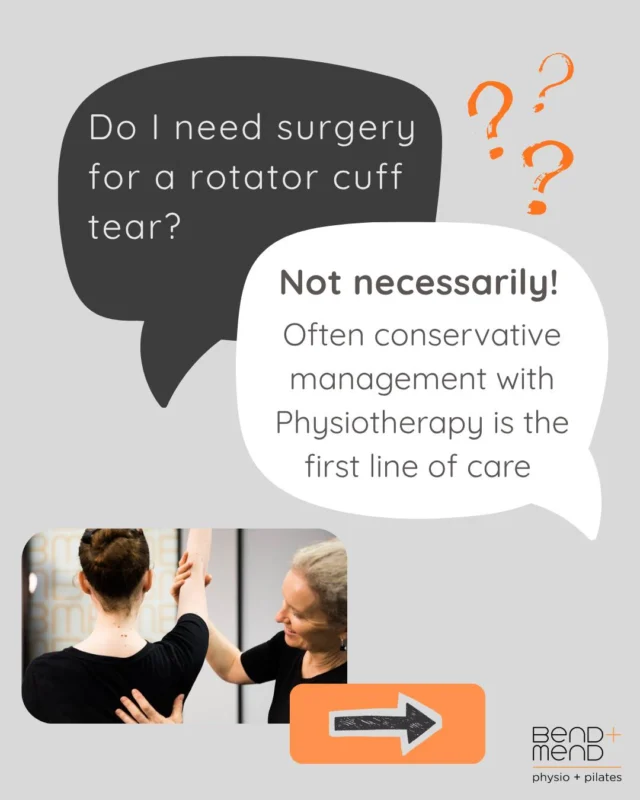Should we really be taking anti-inflammatory drugs for our soft tissue injuries?
Rehabilitation for soft tissue injuries can be complex. Acronyms guiding management have evolved over the years. Traditionally, acronyms focused on the acute phases of injury only and tended to ignore the sub-acute and chronic stages of tissue healing. While these treatments were well known among health professionals and the general population, they had limited evidence to support their use and effectiveness. Nowadays, acronyms aim to encompass all stages of tissue healing and optimise recovery. These acronyms take a more holistic approach to management and acknowledge the importance of including education and addressing psychosocial factors to promote best possible recovery.
PEACE & LOVE has become a widely accepted acronym for soft tissue injuries as it encompasses all stages of tissue healing.
In the immediate stage after injury, follow the PEACE approach:
- Protection: avoid activities and movements that increase pain during the first few days after injury to prevent further aggravation. However, rest should be limited to first few days only as prolonged rest can delay recovery.
- Elevation: elevate the injured limb high than the heart as often as possible to promote fluid draining from injured area.
- Avoid anti-inflammatories: avoid taking anti-inflammatory medications as they effect the natural healing process and can prolong tissue healing and recovery.
- Compression: use elastic bandages or taping to reduce swelling.
- Education: avoid unnecessary passive treatments and medical investigation and let nature play its role. Patients should be educated on diagnosis, prognosis, load management and effective management strategies.
After the first few days post injury, follow the concepts of LOVE:
- Load: as soon as symptoms allow, gradual loading of the affected limb and return to normal activities should commence. Active management promotes repair, remodelling and rebuilding of soft tissue.
- Optimism: stay positive and trust the process. Setting realistic expectations will prevent negative behaviours and attitudes to promote recovery.
- Vascularisation: find cardiovascular exercise that is comfortable. Activities that increase heart rate will increase blood flow to the injured tissue to promote healing.
Exercise: exercise will restore mobility, strength and proprioception, all of which are important to get you back to pre-injury state.
So next time you find yourself with a soft tissue injury, don’t immediately reach for your oral anti-inflammatories. Consider following PEACE & LOVE and book an appointment with a physiotherapist to help guide you through your recovery.
Reference:
Dubois B, Esculier J Soft-tissue injuries simply need PEACE and LOVE British Journal of Sports Medicine 2020;54:72-73.





